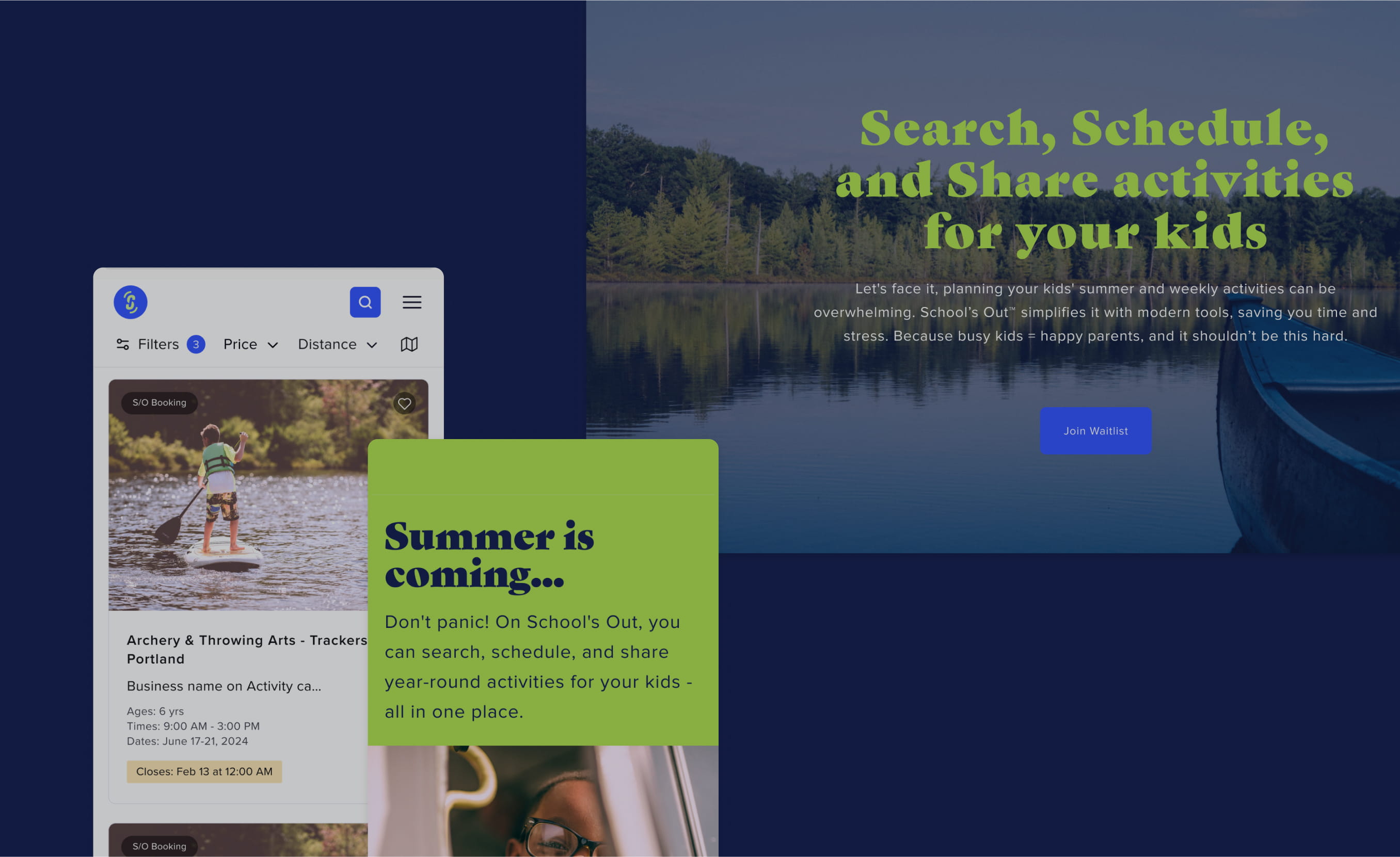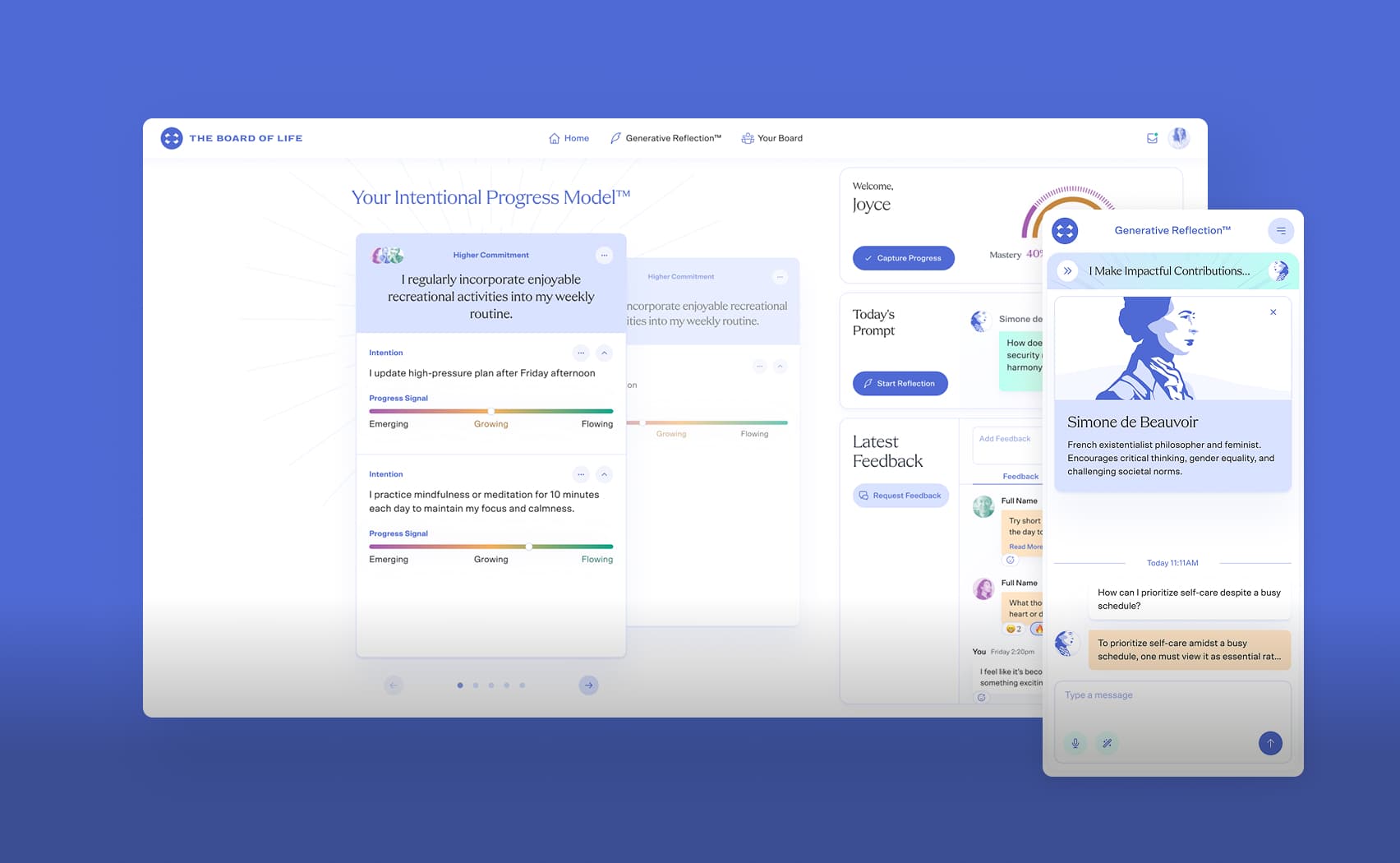What do you need to build an AI system?
AI is following the path that most new technologies follow: first, an expensive and bulky tool that only a few people can use, but later, it becomes lightweight and more widely available.
2023 could be a big year for AI firms, with the sector already receiving over $14 billion in equity funding.
2023 could be a big year for AI firms, with the sector already receiving over $14 billion in equity funding.
Startup founders, technology enthusiasts, and researchers would all be happy to know that building an AI system is easier today than it has ever been before. Broadly speaking, there are just four things you need:
- A Goal
- Hardware
- Software
- Data
A Goal
Although modern AI programs are impressive, they are still a long way away from general artificial intelligence. Every successful AI application to date focuses on a specific problem or task and focuses on doing it very well.
That's why the first step in building an AI system is deciding what you want it to do. Virtually any specific task that a human can do on a computer, an AI program can probably be trained to do as well. Examples include:
- Tagging photos
- Writing formulaic documents
- Analyzing spreadsheets for errors
- Reading handwriting
Unfortunately, current AI technology is not general enough to support highly complex tasks like running your business, maintaining client relationships, and making major life decisions.
Sometimes, you can put specific ideas together to make more complex AI programs. One of our clients had an idea that became Luna's Stories, an app that creates children's bedtime stories on demand by combining text and image generation.
Hardware
Much of the growth in AI over the last decade or two has really been a result of more and more powerful processors available at cheaper and cheaper prices. Most notably, these include GPUs, which have been used for AI purposes for a long time. But now, companies like NVIDIA and Intel are developing chips made specifically for AI.
It goes without saying that your AI system will need the best, most recent processing power you can get your hands on. Fortunately, however, that doesn't mean you have to go out and buy the latest state-of-the-art chip. Renting computing power as part of a cloud computing service is a popular option, and many cloud providers offer packages tailored specifically for AI needs.
Software
There are several programming languages that have libraries geared specifically towards AI and Deep Learning. While you could theoretically build a system in C, you are probably better off using one of these:
Python is probably the most used language for AI, and for good reason. It is easy to use and easy to learn. It has also supported AI for a long time, with TensorFlow being one of the earliest Deep Learning platforms widely available.
The main drawback to Python is that it can be slow and inefficient. In the earlier days of Deep Learning, many firms prioritized the simplicity that Python offered. But now that AI is established for many applications, there is a trend towards switching to lower-level languages to try to make some efficiency gains.
R is a popular scientific language, and its data-crunching capabilities make it an excellent choice for AI. Its built-in connections to fields like finance or medicine make it an attractive choice for those who have a relevant goal in mind.
Java is a popular multi-purpose language. Its versatile nature means it can be put to use for a wide variety of applications. There are already several Java libraries made specifically for AI, such as OpenNLP, Deep Java Library, and Kubeflow.
Data
Along with hardware advances, data is the other main reason why AI has become so powerful over the last decade. The internet does a number of things, one of which is to create an incredible amount of data. No one knows exactly how much, but estimates place the amount of data created each day on the order of exabytes or zettabytes.
AI programs work because they are trained on a ton of data. It usually turns out that feeding an AI program more data is usually more effective than trying to write its code to "think" smarter. GPT-3 was reportedly trained on about 10% of the public internet.
The kind of data you will need will depend on the specific goal you are trying to achieve. An image-related goal will require images, and a text-related goal will require text.
Fortunately, you don't necessarily have to do all the data harvesting yourself. There are already freely available data sets on a wide variety of topics- it's up to you to find one that works for you.
Unfortunately, most data is unstructured. It needs to be cleaned before using, and this may involve a certain amount of manual investigation, reorganization, and deletion of certain segments.
Building AI Apps with JetRockets
Today, including some form of AI with an application is almost a requirement, much like how including a web-based component became a requirement over a decade ago. The possibilities are endless and increasingly reachable.
Even if your idea doesn't focus specifically on AI, there may be a good way to augment it with some sort of AI feature.
Have an idea for a new web application or mobile app? We'd love to talk!



